Tour # 4: Stylish Park Slope




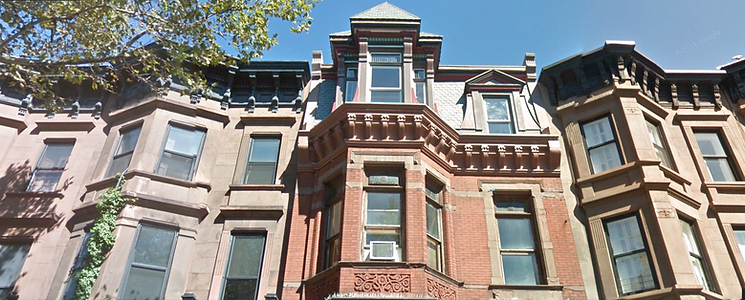



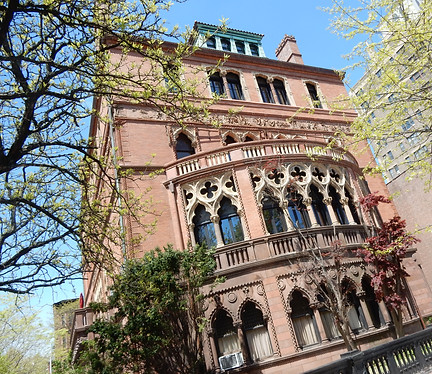





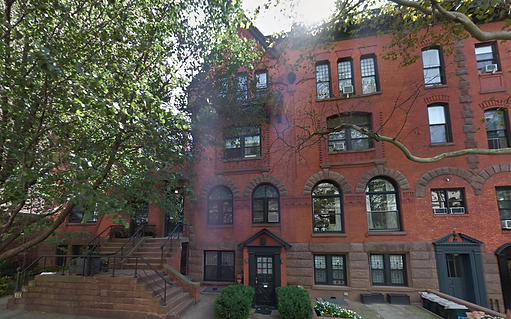

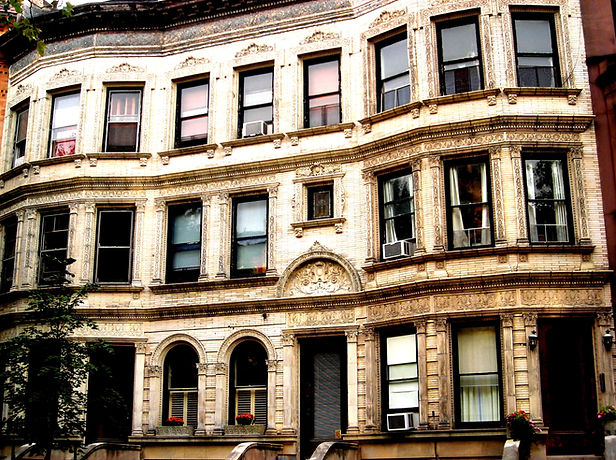


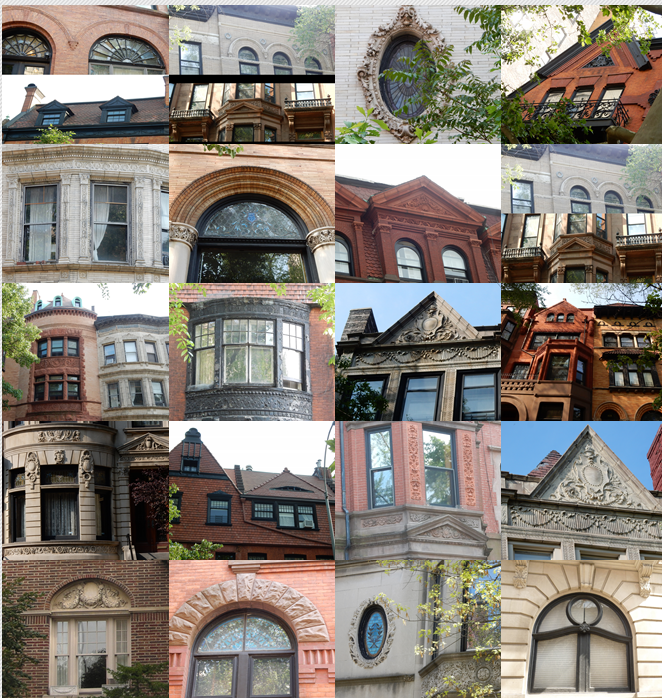




Located in northwest Brooklyn, twenty minutes away by train from Union Square, Manhattan, Park Slope boasts the biggest historic district in Kings County, and one of New York´s largest landmarked neighborhoods. It began to develop around 1850 and by 1890 it was considered the richest community in America. Less than a century later, it had declined tremendously and the once magnificent mansions lost much of their value. Queen Anne, Italianate, Romanesque and Greek Revival brownstone townhouses built in rows was the legacy those first developers left behind. Nowadays it is one of the most desirable neighborhoods, especially among the young generation who can no longer afford to raise a family in Manhattan but still needs to come and go daily to the big city. Public transportation makes it all possible. Adjacent to Prospect Park ―designed by the creators of Central Park in Manhattan―, with Brooklyn Botanic Garden, Brooklyn Museum, Grand Army Plaza and the Central Library all so close to its strict boundaries, plus restaurants and bars, busy commercial streets with lovely boutiques and stores of many kinds, great public schools, Park Slopers have it all.
By Mikeruggy - Own work, CC BY-SA 4.0, https://commons.wikimedia.org/w/index.php?curid=46159105
Getting there…
You need to take train 2-3 all the way to Bergen Station. Fulton Station in downtown Manhattan and Atlantic Avenue Station in Brooklyn are two big hubs where you can make all sorts of combinations if you are not coming from the West Side of Manhattan directly with the 2-3 red line. It really is very nice and easy.
What you´ll see…
Street after street of opulent mansions built well over a century ago as family houses for rich merchants, most of which are nowadays divided into apartments, although a few still remain as one-family homes. You will also catch a glimpse of the grandiose Prospect Park and the magnificent Grand Army Plaza. Mind you, this is not a lineal tour. While all of the streets in Park Slope are absolutely beautiful, I am making you walk 3 miles around the ones which under no circumstances should be overlooked. So even if at times you feel you´re walking in circles, trust me. I´ve walked the walk, very many times, so I can talk the talk.
Off we go…
As soon as you get off the train at Bergen Station, you will be at the corner of Bergen Street and Flatbush Avenue. So you want to head down south on Flatbush just to the corner of 6th Avenue, where our tour begins. You first cross St. Marks Avenue and you´ll see what seems to be a yoga place nowadays, but do notice the stunning stained glass on the top of that big window.
Opposite, on 6th Avenue, notice No. 85, a handsome red brick house built in 1890 as an exclusive club. It underwent several transformations and has now been subdivided into various individual apartments. Continue down 6th Ave and you will come across Prospect Place. Take a peek to your right and you´ll see an impressive group of Queen Anne houses from the 1880´s with gorgeous bay windows and yet more gorgeous stained glasses.
Keep walking down 6th Ave and once you´ve crossed Park Place, stop for a minute to admire the massive and very elaborate St. Augustine’s Roman Catholic Church [i], a masterpiece built in the late 1800´s in Gothic style, and a most admired landmark of the neighborhood, which features a copper statue of St. Gabriel at its very top[i]. Step in if it´s open, to admire its really overwhelming interior.
Continue some more on 6th Avenue,
among admirably preserved and
glorious row houses with grand
stoops and entrances, in similar styles
but painted in different colors, which
makes them all the more attractive.
Once you´ve reached the fascinating
Lincoln Place you want to turn left/east
towards 7th Avenue. This block
features plenty of interesting houses
you should stop to analyze, such as 99 to 113 on your left, which boast some of those typical mansard
roofs added during the French Second
Empire we mentioned during the
Brooklyn Heights tour, and 96 to 110
on your right — Queen Anne and
Romanesque Revival. Also to note is
No. 139, another example of a much
embellished mansard roof ( photo ).
And before you leave Lincoln Place, let
me draw your attention on to No. 153,
the neighborhood curiosity. A
Romanesque Revival mansion built in
1887 for a merchant by the name
of Babbott, who died around 1930.
After his death the house went through
a series of transformations and ended
up being the Lincoln Plaza Hotel. By
this time, it had changed hands and at
some point the owners decided it would
be more profitable to run it “by the hour”rather than overnight. In the words of a former owner, “If people wanted a good night’s sleep, this wasn’t the place for them.” In 1999 a woman was murdered there by her lover.
At the corner of Lincoln Place and 7th Avenue, find the Brooklyn Conservatory of Music [ii]. It is not unusual to hear someone playing the piano or performing some other instrument as you walk by.
You will now turn left/north on 7th Avenue, and as you reach the corner of St. John´s Place, you will see not one but three Gothic Revival churches, Memorial Presbyterian at the very corner of St. Johns and 7th, built in 1882 and embellished with Tiffany stained-glass windows, the Grace United Methodist Episcopal, to your right on St. John´s Place, built in 1882, and St. John´s Episcopal to your left on St. John´s, built in 1869.
You will keep walking on 7th Avenue up to the corner of Sterling Place, where you can now appreciate what was once the home of Canadian opera singer Lilian Ward, which in 1960 was almost hit by an aircraft which crashed at its doorstep. The house, which boasts a very beautiful turret and gorgeous stained glassed windows, among many other interesting features, was built in Romanesque Revival style, and is a real highlight of this neighborhood.
You will now turn right/east on Sterling Place, so you can see the handsome entrance to the house and admire many of the details from a different angle. You will now reach Flatbush Avenue, where you want to turn right/south towards Grand Army Plaza. Since you are on Flatbush, which is a commercial street, you might want to make a stop to grab something to go.
You will walk on the west side of the plaza, on Plaza St West, just one block until you reach Lincoln Place again, where you will stop to take a good look at the Montauk Club (iii), another one of Park Slope´s highlights.
The Montauk, inaugurated in 1891, was built in a Venetian Gothic style as a private social club exclusively for gentlemen, and was frequented by very relevant political figures of the day. A few years ago, as it saw its finances decline, some of the upper floors were sold and nowadays function as wonderful apartments. But the rest of the building still works as a private club, and hosts frequent public and private events for the community, such as lectures, jazz performances, cocktail parties and weddings.
Continue down Lincoln Pl a few steps until 8th Avenue now, make a left/south turn and walk two short blocks until you reach Union St. Even if it´s not shown in the map, do make a detour on Union St to your right, towards 7th Avenue. Nathaniel Hawthorne´s renowned Gothic novel The House of the Seven Gables was published in 1851. Half a century later, this block of Union St might have well been known as The Street of the Gorgeous Windows. Gables, of course, but wonderful oriels, dormers, curved bays, arched windows and oeil-de-boeuf too. All you need to do is walk up to 7th Avenue and back to 8th, simply to admire this stunning row of Queen Annes and Romanesque Revivals, full or ornament.
Continue down Union St towards the Grand Army Plaza. I am not making you enter Grand Army Plaza now, since I am including it as part of another tour, but feel free to step in and examine the colossal triumphal Soldiers´ and Sailors´ Memorial Arch and the majestic bronze quadriga which crowns the monument. While you are there, bear in mind that the Brooklyn Public Library, in sight from where you would be standing now, has a coffee shop and good restrooms. Anyhow, you should now continue walking around Plaza St West towards Prospect Park, also part of the tour together with the Plaza, the Library, the Botanic Gardens and the Museum.
Merge on to Prospect Park West until you reach the corner of President St. Together with Carroll St and Montgomery Place, these three leafy streets between 8th Avenue and Prospect Park West are an absolute joy to walk around. Richly decorated facades in many different styles make the delight of passers-by. It´s all about the details, so simply walk up one and down the other and make sure to look carefully at the many decorative features which take these homes to another level, beyond beauty. Anything from three sided bays to curved bays, from gables, pediments, balustrades, friezes, cornices, and cast iron railings, to stained glass, arched windows, chimneys, loggias, oriels and so much more. I will point out a few specific ones, but honestly, they are all very interesting for one reason or another.
On President St, you may want to pay special attention to two terra-cotta Queen Anne houses with lovely stained glass windows on your left as soon as you set foot on this street. At the very corner of 8th Avenue and Carroll Street, impossible to miss is the huge mansion which used to belong to Thomas Adams, inventor of the renowned Chiclets chewing gum, a major Romanesque Revival building so rich in details that it´s almost incomparable (photo). Montgomery Place bears the name of “block beautiful”. Just go and see why.
As you walk your way along, do look up, way up, zoom out your eyesight as much as you possibly can, since most of the many magnificent ornaments are up there in cornices, gables and dormers.
As you come east down Carroll Street, once you arrive to Prospect Park West (iv) and before turning around to stroll up Montgomery Place, you should stop for a moment to have a good look at the majestic houses facing Prospect Park, which are better appreciated if you cross the street over to the park side. There are benches there where you can sit and rest for a while, and at the same time admire those handsome buildings so privileged for their location. To face this park is comparable to those fancy apartments on 5th Avenue in Manhattan which face Central Park.
This now is a photo gallery of decorative details from those three lovely streets I´ve just mentioned, President, Carroll and Montgomery, just to give you an idea of what to look for. Sharpen your eyes and you will discover a lot many more.
We could say we´re almost done here with the Park Slope tour, but we still need to get to a train station to head back home. My strong suggestion is to head for the R train on 4th Avenue and Union Street, which is only one station away from Atlantic Avenue/Barclays Center station, a hub which connects with many other lines. Why? There´s a good reason. It will give you an excuse to walk down 8th Avenue some more, and better yet, to walk a few blocks down 3rd Street, which I discovered recently. This is a very broad street, full of magnificent trees, and wonderful houses, really worth the walk. You will not regret the extra yards. On the contrary, I honestly believe 3rd St is the cherry on the cake. Do the walk and see for yourselves. Some photos follow, just to give you a knowledge.
Click on the PDF icon below to access the printer-friendly version of this tour.

